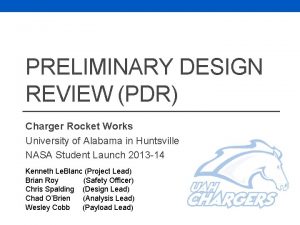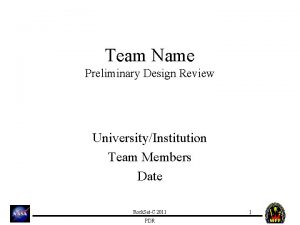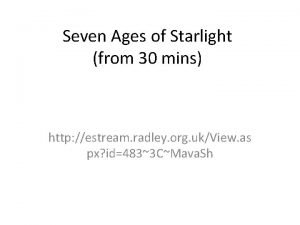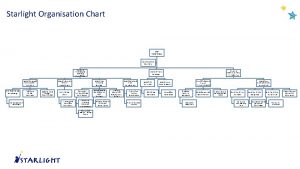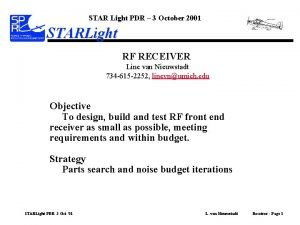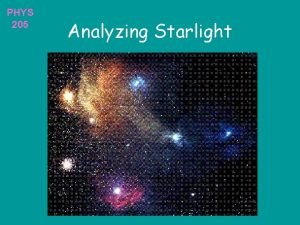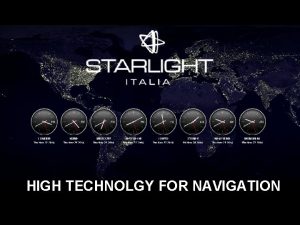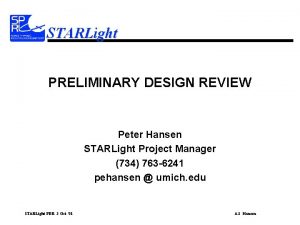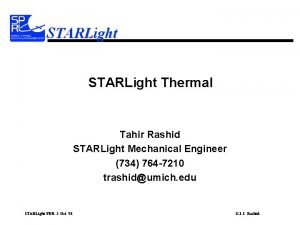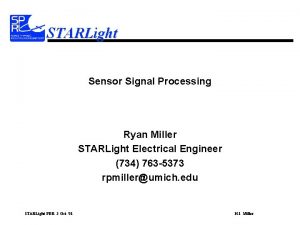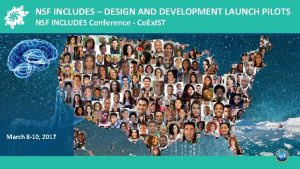Preliminary Design Review of NSF project STARLight a







- Slides: 7

Preliminary Design Review of NSF project: STAR-Light – a 1. 4 GHz aperture synthesis radiometer for use on light aircraft in arctic land-surface hydrology Science Requirements Tony England 3 October 2001 1

Background: There are 2 drivers for this project 1) ‘Stored water’ is the most important unmeasured parameter limiting the predictive skills of continental weather and climate models Þ Estimate daily global stored water at ~10 km resolution 2) Climate models predict early & significant warming in the Arctic – Thinning of permafrost, drying of active layer, and transition of Arctic from carbon sink to carbon source Þ Monitor active layer – Duration – Water content REBEX-3 Toolik Lake Alaska 1994 -1995 2

1. 4 GHz Radiometer on Light Aircraft Would Facilitate Remote Sensing Hydrology in Arctic • Calibration of Arctic hydrology models require data from thawing in spring to freezing in fall • Arctic is inaccessible to grounds surveys in summer • NASA radiometers fly on 4 -engine, turboprop aircraft like the C-130 and P-3 • Operations costs of these aircraft are prohibitive • Operations costs of STAR-Light will be < 5% those of NASA systems enabling season-long field campaigns B. 3

STAR-Light Objective: • Build a reliable L-band imaging radiometer for use on light aircraft in Arctic land-surface hydrology Strategy: • STAR technology • Direct Sampling Digital Receivers (DSDR) • Band definition filters in digital domain 4

Science Requirements for STAR-Light • 1. 4 GHz, 10 -element, H-pol aperture synthesis radiometer • Angular resolution: < 20 o with > 90% beam efficiency • NE T < 0. 1 K desired, < 0. 5 K required • Calibration: < 2 K desired, < 3 K required • Linear dynamic range 5 K < Tb < 300 K • Ambient operating range -30 o C < To < +40 o • Across-track scan to ± 35 o • Along-track scan + 20 o / -50 o • Operation on a Super Cub-class aircraft for extended periods in the Arctic 0. 7 l 0. 445 m Flight Direction STAR-Light element configuration 5

Future Satellite System Sketch of the ESA Soil Moisture Ocean Salinity (SMOS) satellite 6

STAR-Light Organization 7
